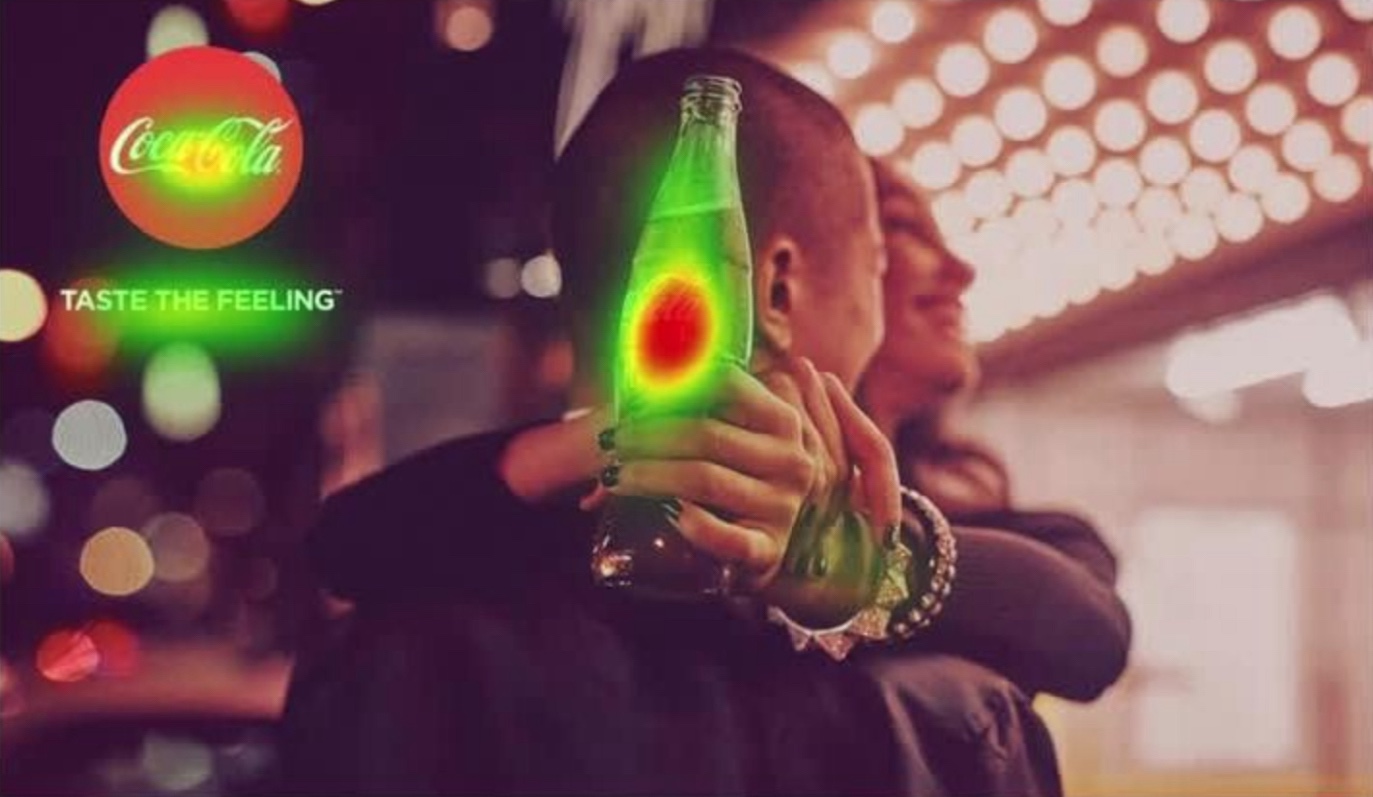When strolling through a supermarket, we sometimes come across products that capture our attention. This can occur due to the design of the packaging, the colors used, the position the product is on the shelf and countless other factors. Something similar happens with billboard advertisements – have you ever wondered why some catch your eye and others don’t? – and even with advertisements that appear all the time as we scroll through infinity feed of social networks. This perception is not a simple assumption, but directly reflects the inefficiency of most advertisements in reaching the public.
From this the question arises: “why don’t most advertisements have an effective impact on us?” According to data from Neurons, a Danish company focused on applied neuroscience, approximately 70% of advertising spending is not used due to poor performance. Translating into real numbers, this means that in a market where US$740.9 billion (approximately R$3.82 trillion at current prices) are invested, around US$540 billion (around R$2.78 trillion) are potentially wasted.
Another study by the neuroscience company revealed that, currently, we are exposed to 6 to 8 times more advertisements than in the early 1970s. This high exposure has generated, over the years, public fatigue in relation to advertisements. According to Neurons, 82% of content is ignored and 47% of that is seen as irrelevant or annoying.
Each company seeks to communicate in a way that differentiates it from others, however, a common feeling among all of them is that none of them wants to have their image forgotten or associated with negative feelings. With this in mind, Neurons created its consulting arm in applied neuroscience and marketing with artificial intelligence, Neurowitsto serve small and medium-sized companies in Brazil that want to improve their performance.
In the beginning, the company used eye tracking glasses and an electroencephalogram device (brain wave meter) with participants, recruited according to customer demand, to synchronize this information with what advertisements, images, products and other stimuli. displayed. From this a problem arose: how to measure the large amount of data generated by each participant. With the use of AI, this information, which used to take a week to collect, can now be obtained in a matter of seconds.
With the advancement of technology, the company has developed artificial intelligence capable of predicting the result of the glasses, in terms of visual attention, what will be seen first and what will go unnoticed. Due to the large amount of data available, AI has become increasingly robust, having 95% accuracy compared to participants’ results.
The top image indicates the eye tracking result. The lower one demonstrates a similar result, this time obtained by predictive AI (Photo: Disclosure/Neurons | Neurowits)
Paula Tempelaars, head of the Neurons lab in Brazil and CEO of Neurowits (Photo: Disclosure/Neurons | Neurowits)
“Neuroscience can predict issues that are the same for everyone because it is based on how the human visual system works and how the brain interprets a visual stimulus”, explained the head of the Neurons lab in Brazil and CEO of Neurowits, Paula Tempelaars, in an interview exclusive to Adnews.
Predictive AI offers, based on the analysis of the content made available to it, a heat map that shows the most striking points. In this way, Neurowits is able to offer consultancy that helps to optimize the material before it is published, indicating which points are missing.

Artificial intelligence can accurately predict which points attract the most attention in an advertisement (Photo: Disclosure/Neurons | Neurowits)
In addition to predictive, the company also developed suggestive artificial intelligence. In this way, in addition to predicting, based on data, the material’s points of attention, the technology is also able to suggest improvements that can be made, creating a bridge between the result and what needs to be improved.
“We have customers who used our platform to position products on a supermarket shelf, allowing them to position their products accurately, increasing the conversion rate”, said the CEO of Neurowits.
Ethical Issues
An AI capable of predicting human perception of any material and suggesting what can be done to make it have more impact demonstrates, in practice, the great technological “boom” that society has been experiencing in recent years. Because it is artificial intelligence fed with a lot of information about human behavior, some people may be concerned about its possible risks. Despite this, the head of the Neurons lab in Brazil assures that its capabilities are not sufficient for negative use, but the CEO of Neurowits warns about the ethical issues that the company follows to the letter.
“This AI is much more related to marketing than anything else, so I don’t see a negative use for it. However, we follow Danish ethical issues, that is, some sectors, such as politics, we do not serve”, concludes Paula.
Follow Adnews on Instagram e LinkedIn. #WhereTransformationHappens






